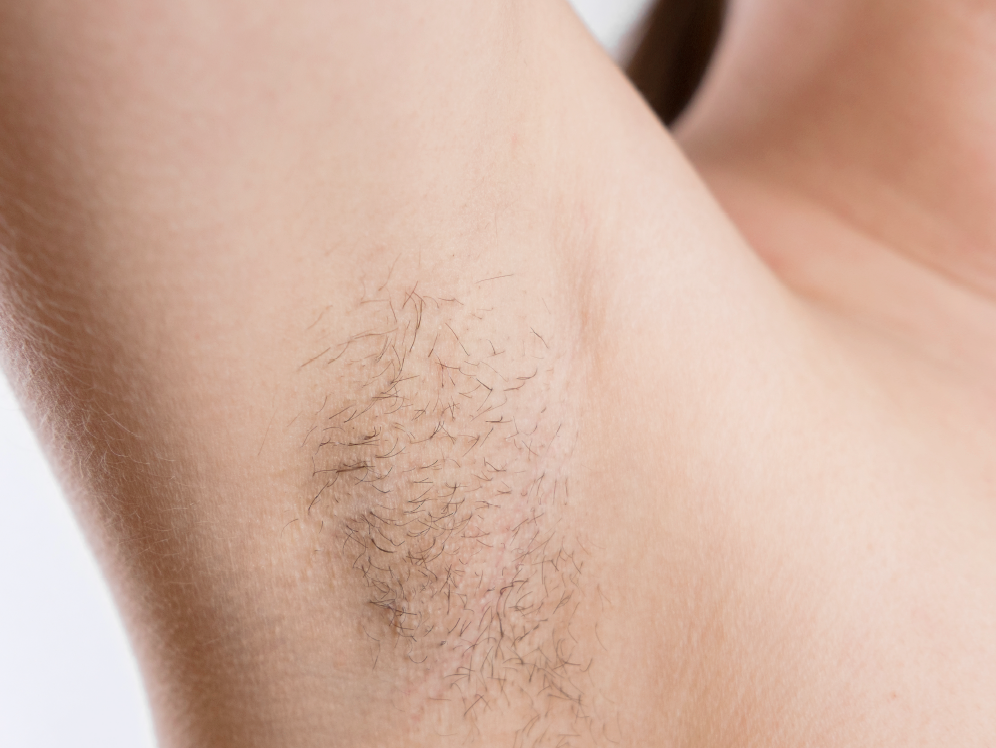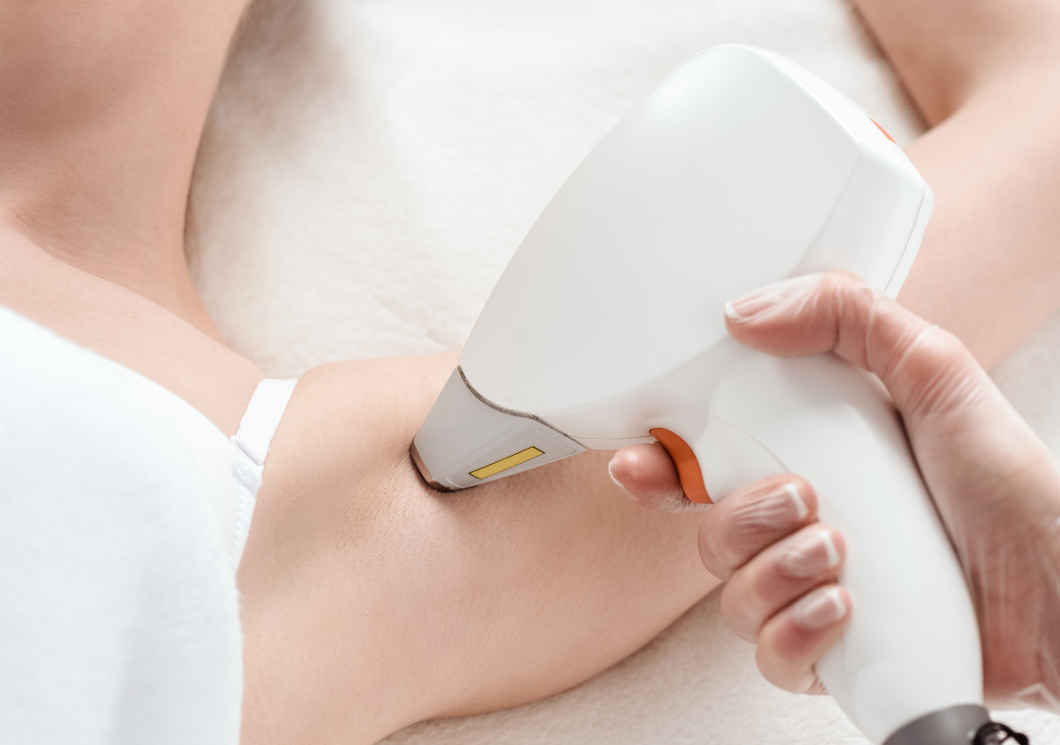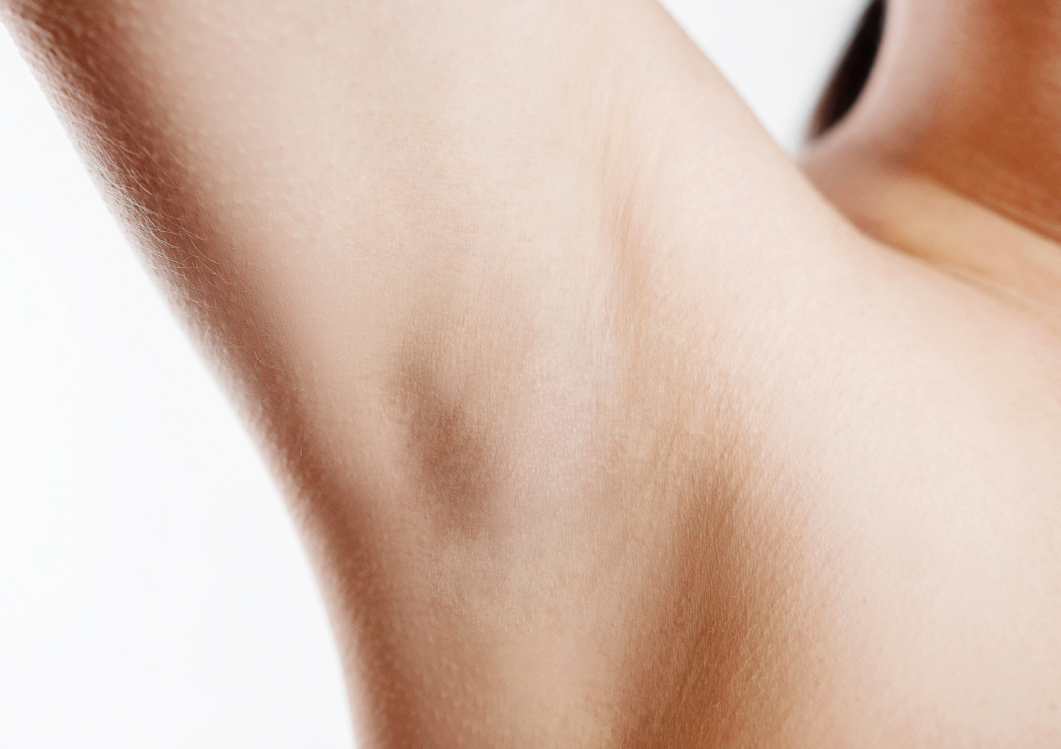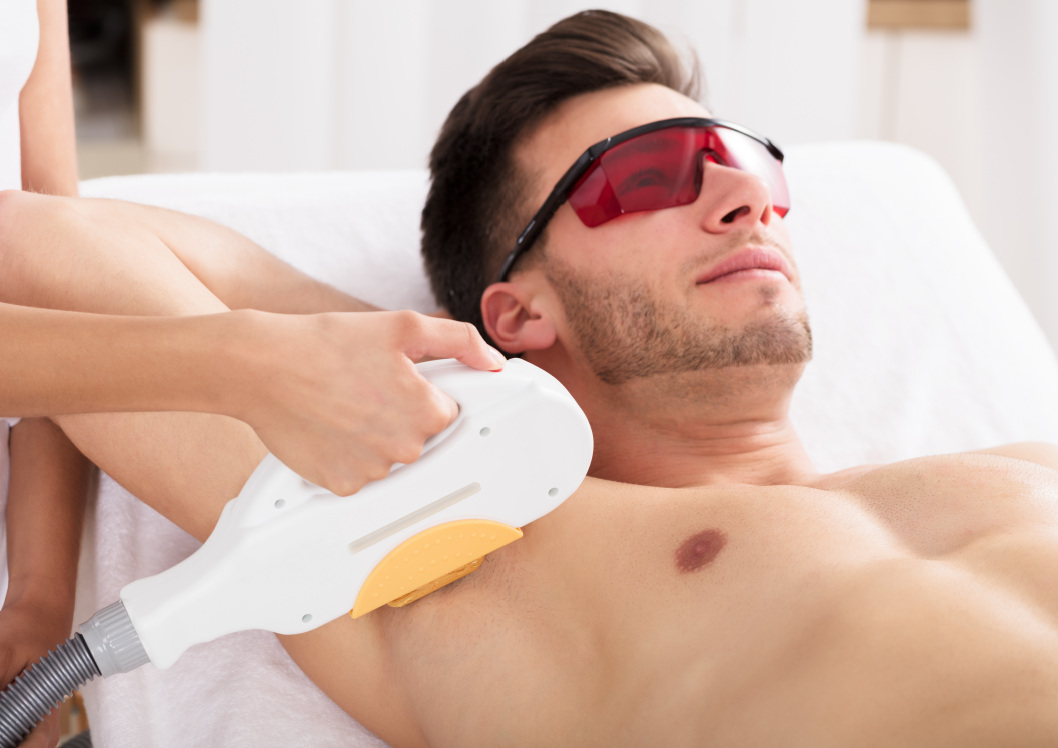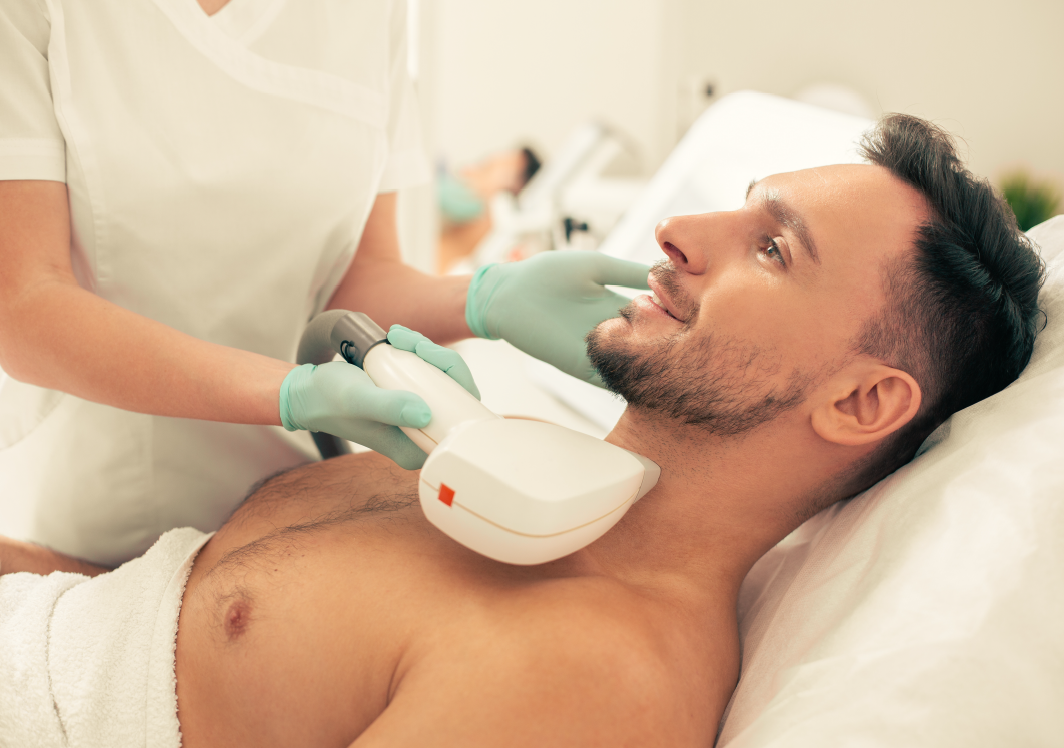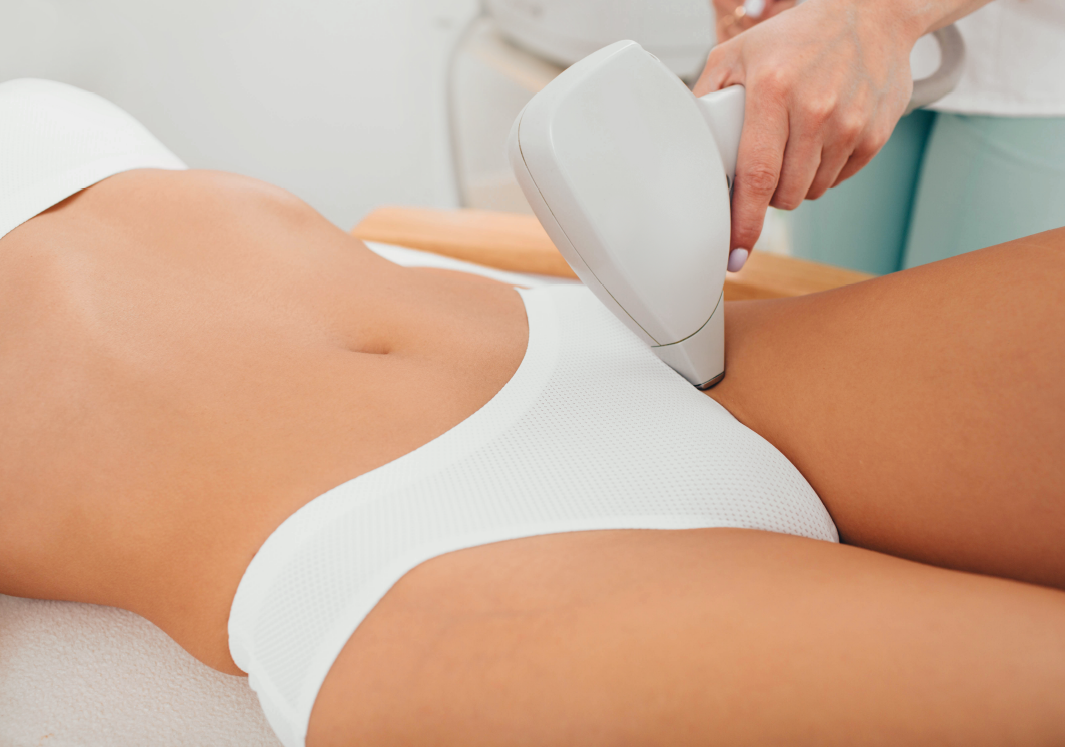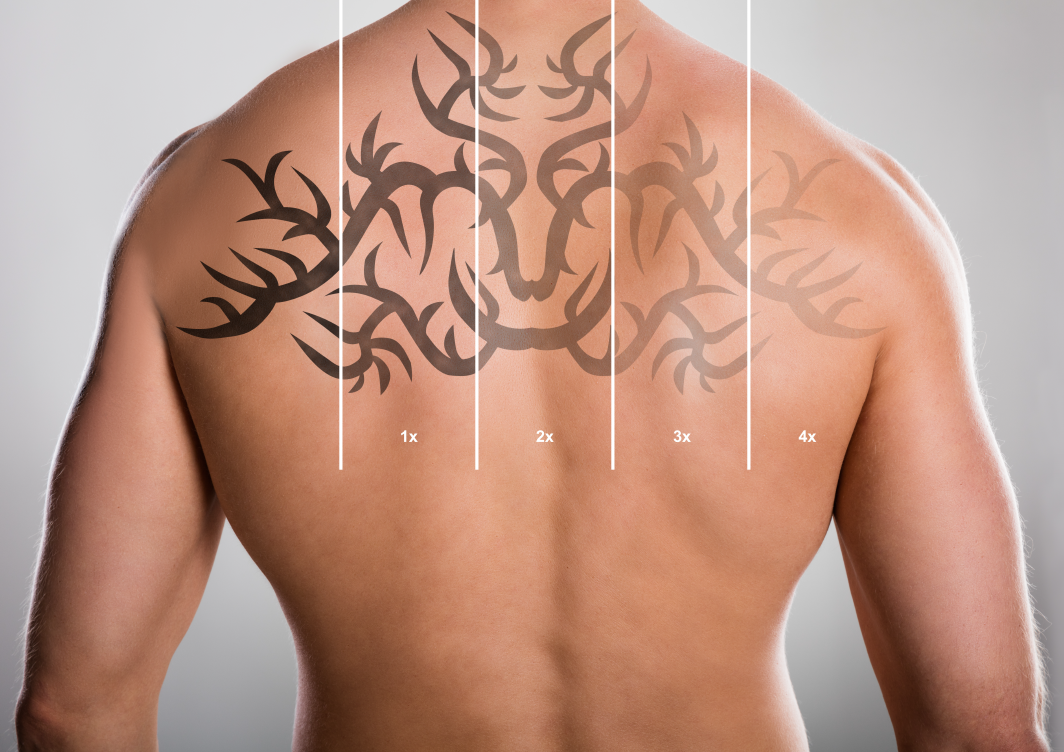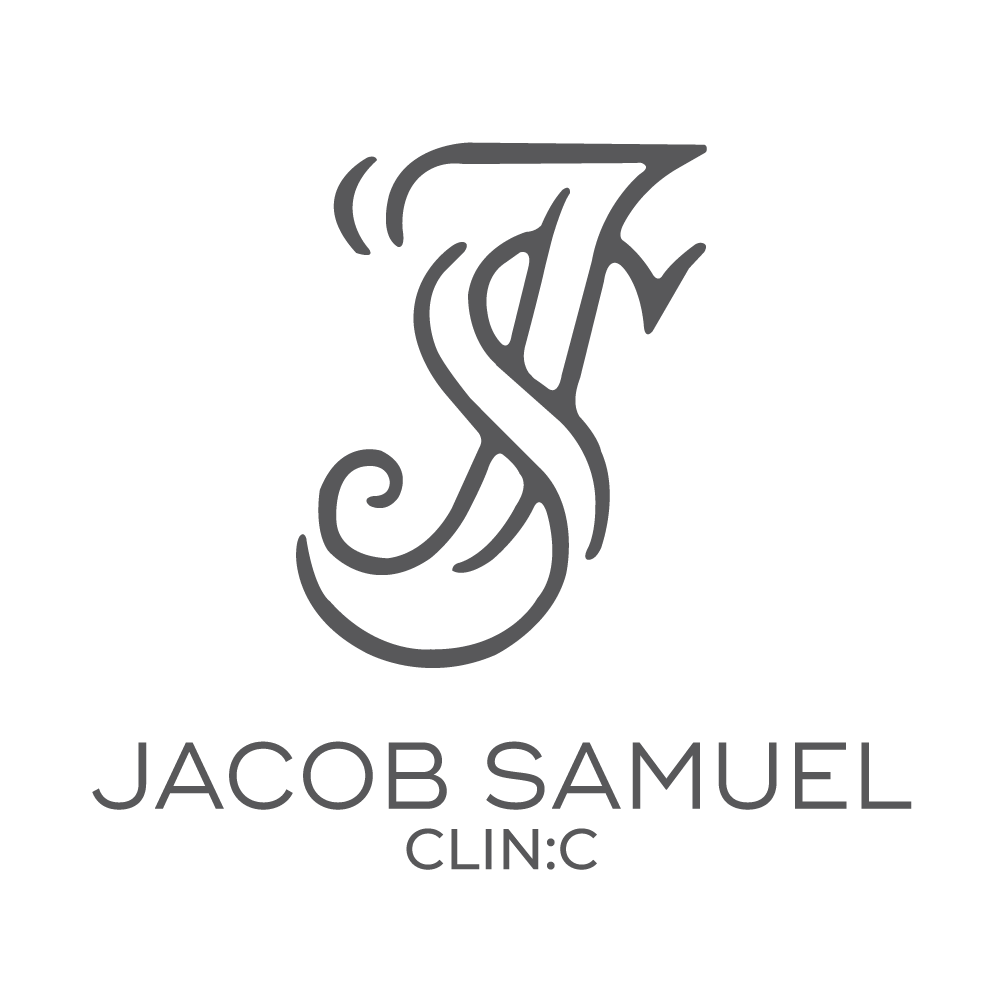Laser Hair Removal
Super Hair Removal - SHR
BEFORE TREATMENT
Write your caption hereBOOK NOWDURING TREATMENT
Write your caption hereButtonAFTER TREATMENT
Write your caption hereButton
-
How does SHR Work?
SHR combines laser technology and pulse light to achieve almost painless results for the removal of most types of hair and is safe on all skin types. SHR is different from the traditional IPL and laser as it targets the hair germ cells and blood supply that feeds it. It does not rely sole(pigment) of the hair to effectively destroy the targeted hair.
New research has shown that a slower, longer heating process is more effective for permanent hair reduction than high and short levels of energy.
-
How many sessions are needed?
Most people vary in the number of treatments required, this does depend on where their hair cycles are when we first start but usually most people need 6 treatments. Some clients have had 70% loss after just 4 sessions.
For best results, on average we recommend 6 to 10 treatments. This will allow hairs to be disabled effectively during the active growth phase. After completing a treatment course, if required, we recommend maintenance touch ups to be performed once or twice a year.
People suffering from hormone imbalance may required more treatments.
-
What preparation is needed before my treatment?
In order for the treatment to be as successful as it possibly can be there are a few requirements to take on board:
o Please ensure the area to be treated is free from ALL topical solutions
o Shaving is required 2-12 hours prior any sooner can result in heightened sensitivity during the process
o Avoid exposure to the sun for a minimum of three days before treatment whilst tanned skin is absolutely fine to work with, the tan cannot be active in order to achieve maximum results
o Cease use of tanning creams two weeks before treatment
o Avoid bleaching, plucking, waxing, epilation and any other forms of hair removal for 4 weeks prior
o Do not use essential oils 48 hours prior
o Depilatory creams should be avoided 1 week before treatment commences
o Cold sore medication can be taken five days before and five days after treatment
o Should you be on antibiotics it is recommended to leave a two week gap between taking them and starting treatment
-
Will my hair ever grow back?
Actively growing hair that’s been treated with SHR should not grow back. Once a hair follicle is damaged, it cannot grow hair. However, hair follicles that were not in the active growth phas, will need to be treated. It’s also not unusual for some patients to have a touch-up two years after initial treatment due to hormonal changes.
-
How long will each treatment take?
That depends on the area of the body to be treated. The duration of the treatment can vary between a few minutes for the upper lip, one half hour for the lower thigh up to more than an hour for the whole body. The SHR treatment time with our medical grade machine takes less time than with our IPL technology.
-
Are there any risks or side effects?
Depending on skin type and sensitiveness of the skin, some light skin redness (erythema) or slight swelling (edema) can be experienced. These are normal reactions which show that the treatment was effective and they should generally disappear after a short while.
o The taking of certain medicines which cause photo-allergic and photo-toxic reactions must be clarified beforehand.
o Tattoos must be covered carefully otherwise there is a risk that they become damaged.
